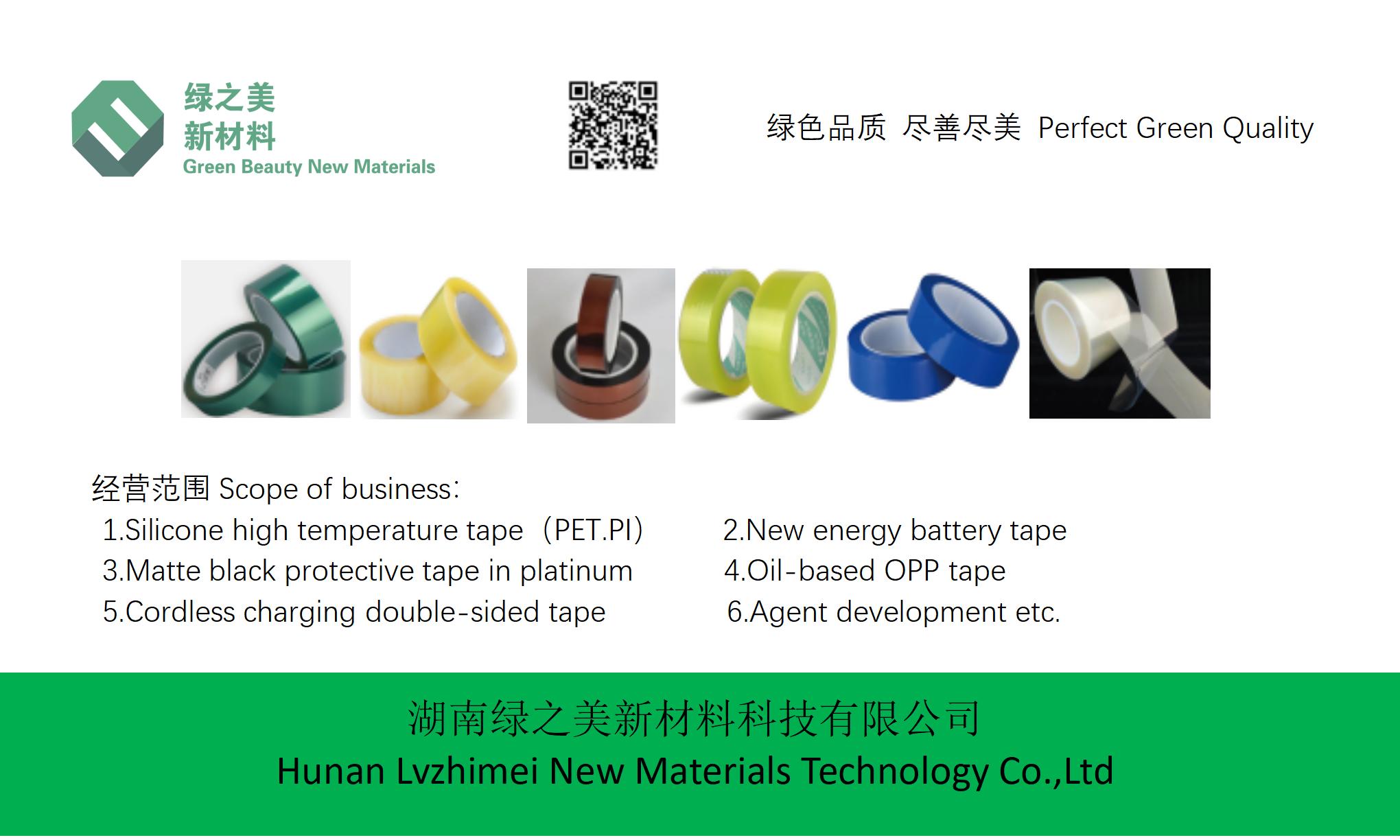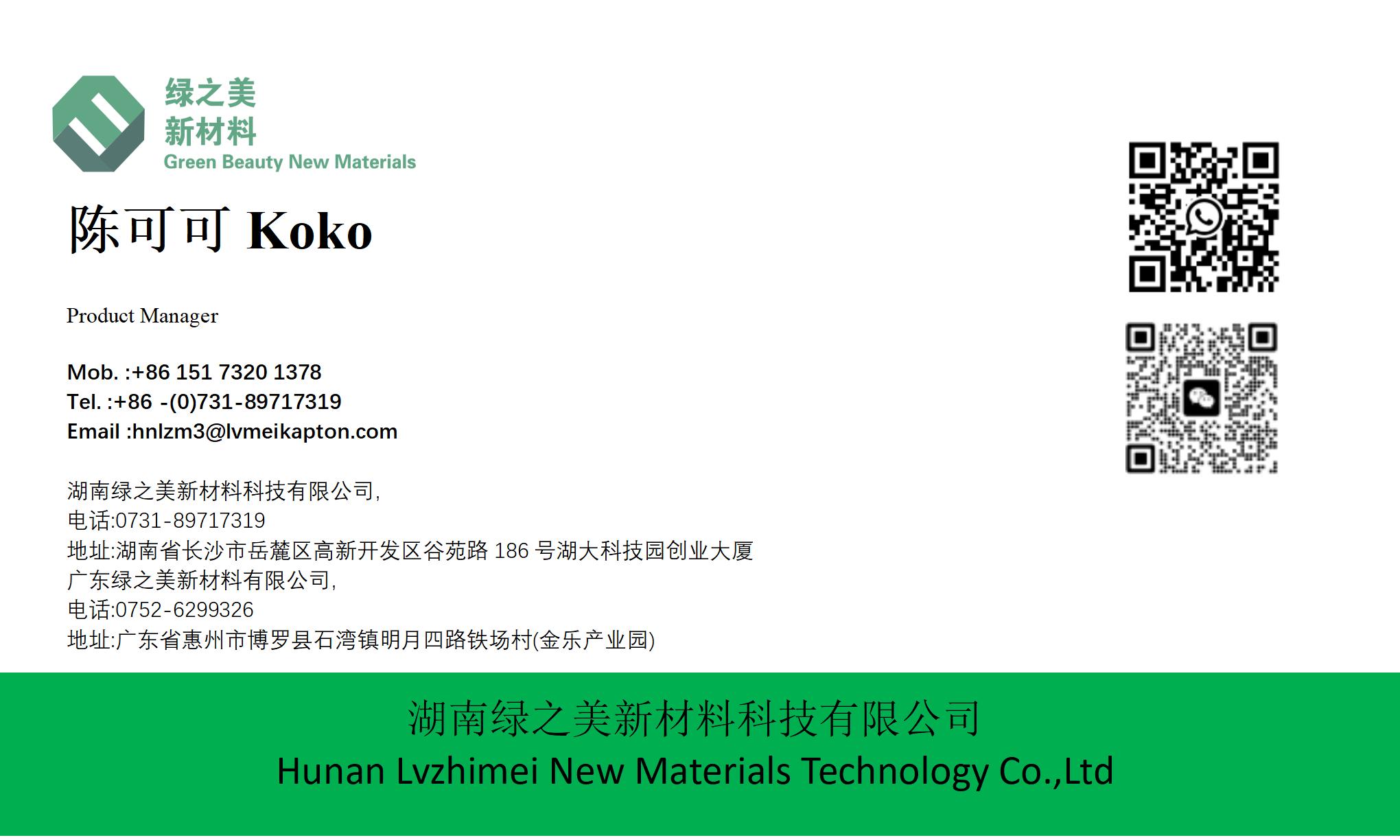hnlzm@lvmeikapton.com
+86 13787123465


Hunan Lvzhimei New Material Technology Co., Ltd.


NameDescriptionContent
Why Is PI Material High Temperature Resistant 300 Tape the Best Choice for Medical Device Sterilization? |https://www.lvmeikapton.com/
Source:
|
Author:Koko Chan
|
Published time: 2025-04-18
|
1 Views
|
Share:
In the field of medical device sterilization, ensuring both the safety and integrity of equipment is paramount. Traditional sterilization methods such as autoclaving, plasma sterilization, and chemical treatments often require materials with exceptional resistance to extreme temperatures, chemicals, and mechanical stress. Polyimide (PI) material, particularly its high-temperature resistant variants like PI tape, has emerged as a superior choice for these demanding applications. This article delves into the unique properties of PI tape, its advantages in medical sterilization processes, and its comparative superiority over other materials.


Key Properties of PI MaterialPI, a high-performance polymer with an imide ring (-CO-NR-CO-) in its main chain, is renowned for its remarkable thermal stability, chemical resistance, and electrical insulation properties. The following characteristics make PI tape ideal for medical device sterilization:
1.
Extreme Temperature Resistance: PI exhibits thermal stability up to 400°C, with long-term usage temperatures ranging from -200°C to 300°C. This makes it suitable for autoclaving (steam sterilization at 121°C–134°C) and dry heat sterilization (up to 180°C), ensuring material integrity during repeated cycles.
2.
Chemical Inertness: PI resists corrosion from harsh chemicals, including acids, alkalis, and organic solvents. This property is critical when exposed to sterilization agents like ethylene oxide (EtO) or hydrogen peroxide, preventing degradation and maintaining tape functionality.
3.
Electrical Insulation: PI’s low dielectric constant (≈3.4) and high breakdown voltage (100–300 kV/mm) protect electronic components during sterilization, ensuring device safety and reliability.
4.
Mechanical Strength: PI tape maintains high tensile strength (≥100 MPa) and flexibility, allowing it to conform to intricate device geometries without tearing or cracking.
5.
Low Outgassing: PI’s minimal gas emission under vacuum conditions prevents contamination in sensitive medical environments.
Advantages of PI Material High Temperature Resistant 300 TapePI tapes, specifically designed for temperatures up to 300°C, offer distinct advantages over traditional materials like Teflon, silicone, or polyester tapes in medical sterilization applications:
1. Superior Thermal Endurance
While Teflon (PTFE) withstands temperatures up to 260°C and silicone up to 200°C, PI tape’s 300°C resistance ensures reliability in prolonged high-temperature sterilization cycles. This resilience is crucial for reusable surgical instruments, implantable devices, and electronic medical equipment subjected to repeated sterilization.
2. Self-Adhesive Backing with Blocking Spray Paint Protection
PI tapes with self-adhesive backing, such as the PI material high temperature resistant 300 tape, provide a versatile solution for temporary masking during sterilization processes. Their adhesive properties ensure secure attachment to medical devices, preventing tape displacement during handling or sterilization. Additionally, the "back blocking spray paint tape" feature (occurring twice in the required keywords) facilitates protection against inadvertent coatings during maintenance or repair, preserving device sterility.
3. Compatibility with Multiple Sterilization Methods
PI tape’s adaptability to various sterilization techniques—steam, dry heat, plasma, gamma irradiation, and EtO—ensures its widespread utility. For example, in plasma sterilization systems (used for delicate dental instruments), PI tape’s non-reactivity with plasma gases and resistance to etching maintain its structural integrity.
4. Brown Circuit Board Protection in Medical Electronics
The "brown circuit board high temperature tape" (appearing twice) variant, characterized by its distinctive color and enhanced thermal stability, is ideal for safeguarding electronic components in medical devices like MRI machines, pacemakers, and patient monitors. This tape withstands soldering temperatures (up to 260°C) and protects circuit boards from corrosion, ensuring device longevity.
Sterilization Process ConsiderationsEffective medical device sterilization requires materials that not only survive extreme conditions but also prevent microbial ingress. PI tape excels in this regard through the following mechanisms:
1.
Barrier Protection: PI tape’s dense molecular structure and low permeability prevent bacterial penetration, acting as a reliable barrier during steam or chemical sterilization.
2.
Resistance to Thermal Aging: Unlike polymers that degrade over time, PI’s thermal stability maintains its barrier properties even after prolonged exposure to sterilization cycles.
3.
Ease of Removal: After sterilization, PI tape peels cleanly without residue, avoiding contamination risks associated with adhesive残留.
Case Studies: PI Tape in Medical Sterilization
Case 1: Sterilization of Complex Surgical Instruments
A leading surgical equipment manufacturer adopted PI material high temperature resistant 300 tape to protect intricate endoscopes during autoclaving. The tape’s conformability to curved surfaces and resistance to steam and pressure (up to 3 atm) ensured no tape deformation or detachment. Post-sterilization tests confirmed zero microbial contamination and maintained device functionality.
Case 2: Masking Electronics in High-Temperature Sterilization
A hospital sterilization unit used brown circuit board high temperature tape to safeguard electronic control panels in dialysis machines during dry heat sterilization. The tape’s thermal resistance (up to 300°C) and electrical insulation properties prevented circuit damage, reducing maintenance costs by 40%.
Performance Comparison: PI vs. Alternative Materials
Property | PI Tape | Teflon Tape | Silicone Tape | Polyester Tape |
Max Temperature | 300°C | 260°C | 200°C | 150°C |
Chemical Resistance | Excellent | Good (weak to solvents) | Moderate | Poor |
Dielectric Strength | 100–300 kV/mm | 60–80 kV/mm | 20–30 kV/mm | 10–15 kV/mm |
Outgassing | Minimal | Moderate | High | Low |
Cost | High | Moderate | Moderate | Low |
Sterilization Effectiveness MonitoringPI tape’s performance in medical settings is validated through rigorous monitoring:
1.
Physical Monitoring: Temperature and pressure sensors integrated with PI tape confirm sterilization conditions (e.g., steam autoclaving at 132°C/3 atm for 15 mins).
2.
Chemical Indicators: PI tape with integrated color-changing indicators visually confirm sterilization completion.
3.
Biological Indicators: Spore tests using Geobacillus stearothermophilus verify tape’s microbial barrier efficacy.
Challenges and Future DirectionsWhile PI tape offers unparalleled performance, challenges include its higher cost compared to conventional materials. Future advancements may focus on:
1.
Cost Reduction: Optimizing PI synthesis processes (e.g., PMR-type resins) to enhance scalability.
2.
Nano-Enabled PI: Incorporating nanoparticles for enhanced antimicrobial properties.
3.
Sustainability: Developing recyclable PI variants to align with eco-friendly sterilization practices.
ConclusionPI material high temperature resistant 300 tape, with its unparalleled thermal stability, chemical resistance, and electrical insulation, is the optimal choice for medical device sterilization. Its versatility across diverse sterilization methods, combined with ease-of-use and long-term reliability, ensures device safety and reduces maintenance costs. As medical technologies advance, PI tape’s role in sterilization will only grow, solidifying its status as a "problem-solving能手" in healthcare settings.
References
1.
"Polyimide: Materials, Processing and Applications" by Y. Yang et al. (2023)
2.
ASTM F1980-16: Standard Guide for Sterilization of Medical Devices Using Vaporized Hydrogen Peroxide
3.
NASA Technical Report: PMR-Type Polyimide Resins for High-Temperature Composites



Hunan Lvzhimei New Material Technology Co., Ltd.
Quick Links
Product Categories
© 2024 Hunan Lvzhimei New Material Technology Co., Ltd.All Rights Reserved. Designed by Erge
0731 - 89717319
hnlzm@lvmeikapton.com
+86 13787123465
Room 502, Chuangye Building, No186, Guyuan Road, High-Tech District, Changsha, Hunan, China
CONTACT



